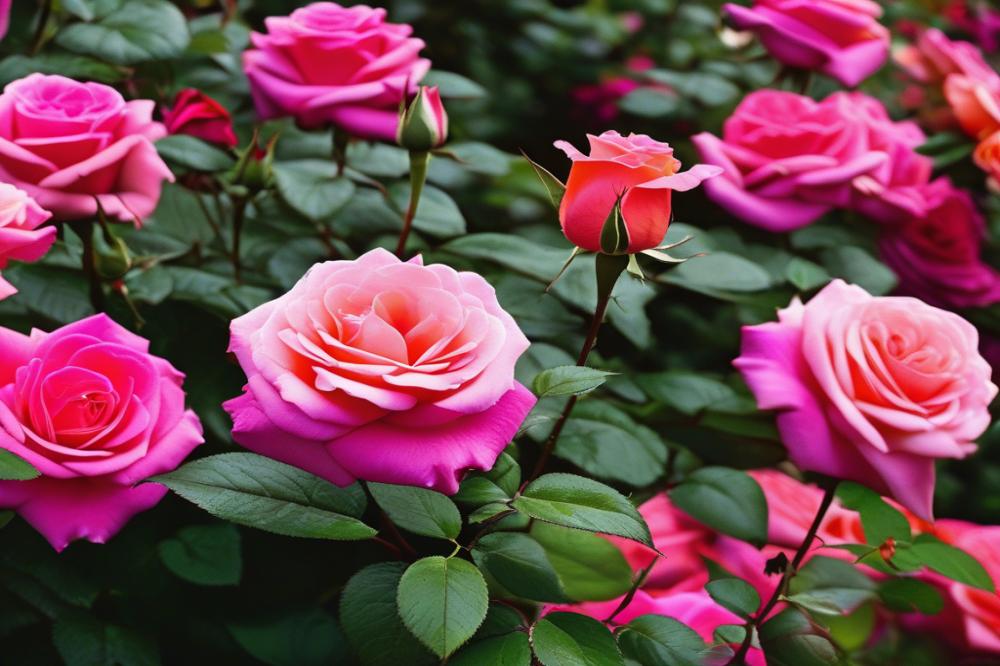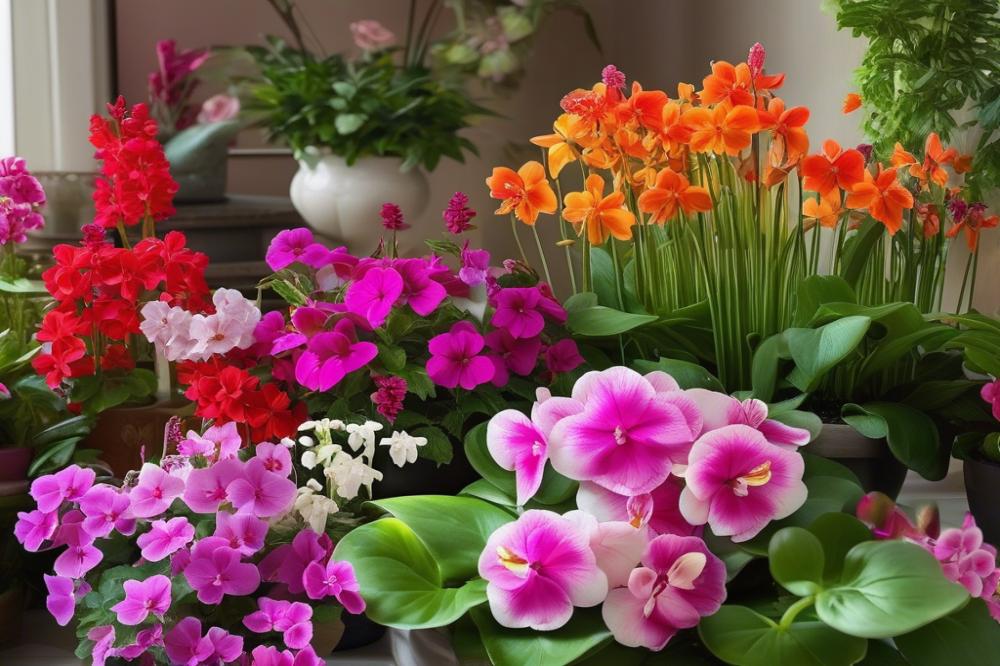Introduction
Roses hold a special place in the hearts of gardeners. Their beauty and fragrance make them a favorite choice in many landscapes. Cultivating these stunning flowers provides joy and satisfaction. However, like all plants, roses can face challenges. One of the most common issues is black spot disease. This condition can hinder growth and ruin the appearance of your beloved blossoms.
Black spot, caused by the fungus Diplocarpon rosae, appears as dark spots on leaves. It typically thrives in warm, humid environments. As black spot spreads, it can weaken the plant and lead to early leaf drop. Such a scenario not only affects the health of your roses but can also discourage any gardener from nurturing them further. Understanding how to manage this issue is vital for maintaining vibrant and thriving roses.
The purpose of this article is to guide you on ways to prevent and treat this troublesome disease. Insight will be provided on various techniques to combat black spot. You will learn what steps to take to promote the health of your roses while minimizing the risk of infection. With the right knowledge, you can keep your garden flourishing. Don’t let black spot dictate the beauty of your roses. With careful attention and proactive measures, you can maintain a stunning display in your garden. For detailed information, click here for #anchor_text_1# and head to #anchor_text_2# for more tips.
Understanding Black Spot on Roses
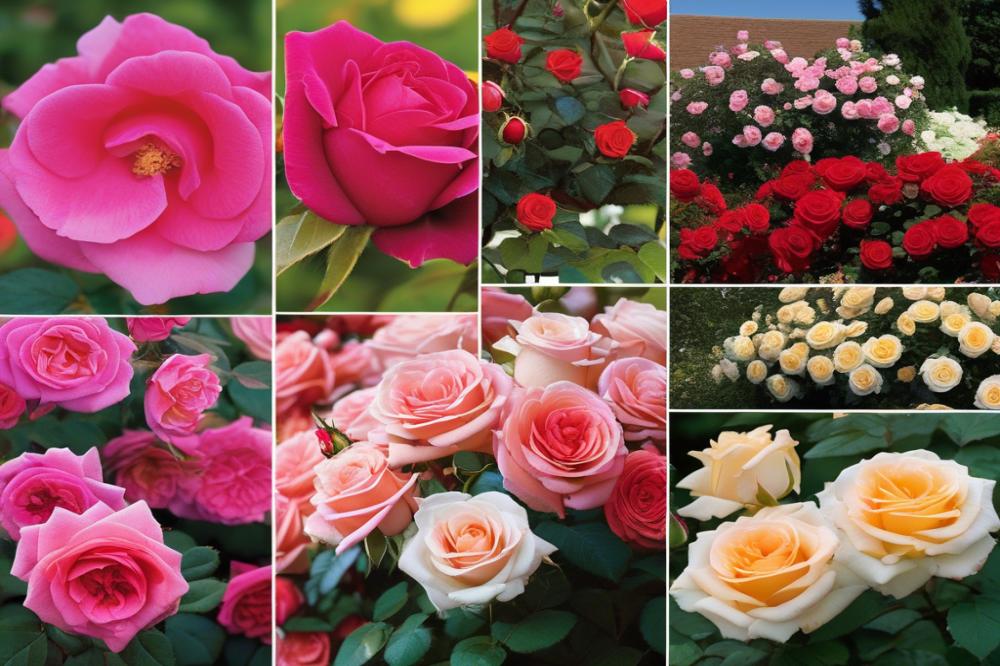
Description of black spot symptoms
Black spot appears on rose leaves as round, dark spots. These spots typically have fringed edges and can vary in size. Affected leaves often turn yellow as the disease progresses. Eventually, these leaves fall off, leading to reduced health and vitality of the plant. This problem not only impacts appearance but can decrease overall growth. In severe cases, entire branches may suffer as well, impacting blooms.
Causes of black spot disease
The primary cause of this issue is a fungus known as Diplocarpon rosae. This organism thrives in warm, humid conditions. Poor air circulation around your roses can also contribute to the problem. Leaves left wet for long periods become more susceptible to infection. Additionally, overcrowding of plants can lead to more humidity and less airflow. These factors create an ideal environment for the fungus to thrive.
Life cycle of the fungus responsible
The life cycle of this fungus is quite complex. In spring, the fungus releases spores into the air. When rain falls, these spores land on the leaves. If conditions remain damp, these spores can germinate and penetrate the leaf tissue. From there, the fungus continues to live and spread, causing more spots to form. As temperatures rise and humidity increases, the cycle continues. Spores produced in late summer can survive until the next spring, ensuring that the issue returns if not managed properly. Taking steps to break this cycle is crucial for healthy roses.
Preventative Measures for Black Spot
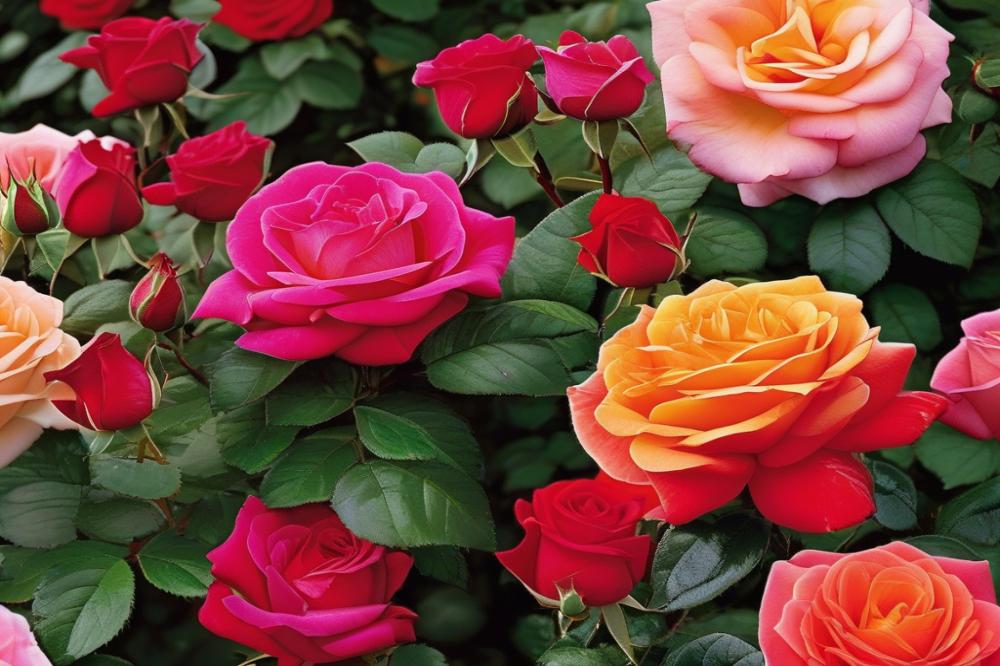
Choosing resistant rose varieties can make a significant difference in your garden. Select plants known for their durability against black spot. Many nurseries offer hybrids designed to withstand this common issue. By opting for these selections, you greatly lower the chances of dealing with the disease.
Planting practices impact the health of your roses. Digging a deep hole allows for healthy root development. Be sure to prepare the soil properly with organic matter. This will enhance soil quality and drainage, reducing moisture build-up that promotes fungal growth.
Space your roses adequately to improve air circulation. Tight clusters may seem appealing, but they create a humid environment. Adequate spacing prevents moisture from clinging to the leaves. It’s better for the roses and offers them the opportunity to thrive.
Appropriate watering techniques are vital. Watering in the morning is beneficial as it allows the leaves to dry throughout the day. Avoid splashing water onto the foliage to minimize dampness. A drip irrigation system can even provide targeted watering without wetting the leaves.
Mulching your roses offers many advantages. A layer of organic mulch can help retain soil moisture and regulate temperature. This practice not only nurtures the soil but also reduces weeds that can harbor pests. A healthy environment supports your roses and lowers their vulnerability to black spot.
Cultural Practices to Reduce Black Spot

Proper Pruning Techniques
Regular pruning is essential for maintaining healthy roses. Focus on removing any dead or diseased branches. This practice enhances air circulation around the plants. Healthy airflow limits the moisture that promotes black spot. Use clean, sharp tools to make precise cuts. Avoid leaving jagged edges, as they can become entry points for infections. Always prune during dry conditions to minimize the risk of disease spread.
Cleanliness in the Garden
Maintain a tidy garden to prevent the buildup of disease. Clear away fallen leaves and debris, as they can harbor spores. Regularly inspect your roses for any signs of black spot. If you spot any affected leaves, remove them immediately. Ensure that there is no standing water around the base of the plants. This simple habit can keep diseases at bay. A clean garden promotes overall plant health and vitality.
The Role of Soil Health
Healthy soil plays a vital part in growing resilient roses. Fertile soil provides the nutrients necessary for strong plants. Consider testing the soil for pH and nutrient levels. Adding organic matter can improve soil structure. Well-drained soil helps prevent excess moisture, a common factor in fungal diseases. Working on soil health will have long-lasting benefits for your garden’s resilience.
Seasonal Care Tips
Adapting care routines with the changing seasons is crucial. In spring, focus on fertilizing and mulching. Healthy roots will support growth throughout the growing season. During summer, watch for water needs closely. Under-watering or over-watering can create stress. As fall approaches, prepare your roses for dormancy. Properly cut back and mulch to protect them through winter. Careful planning helps roses thrive, making them less susceptible to black spot.
Chemical Treatments for Black Spot
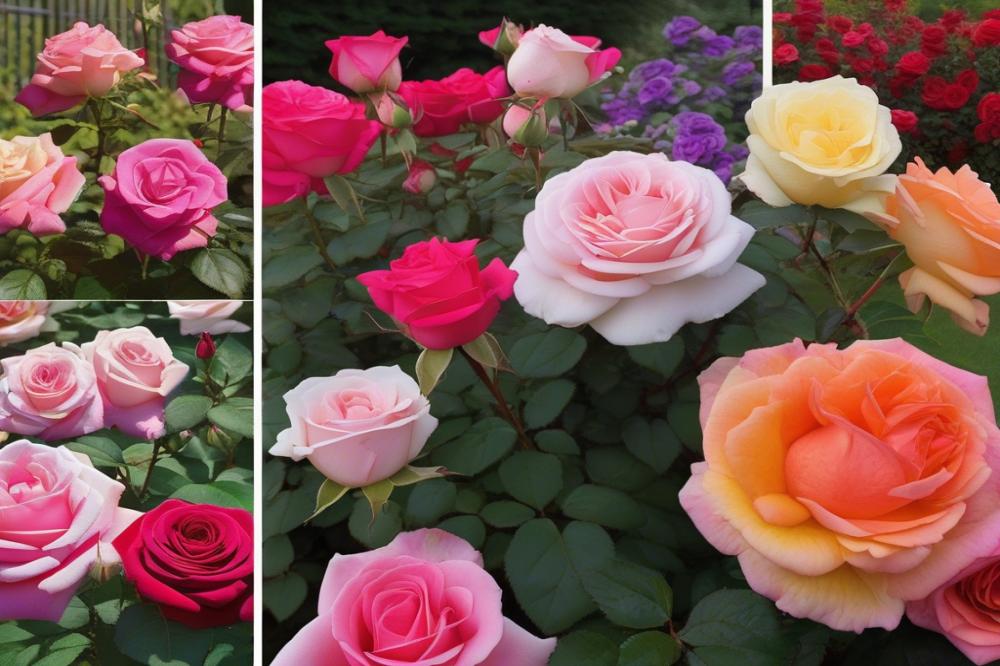
Overview of fungicides available
Numerous fungicides are on the market that can effectively combat black spot on roses. These products contain different active ingredients, such as chlorothalonil or triadimefon. Each option has its strengths and ways of working. Systemic fungicides penetrate the plant tissue, offering internal protection. Contact fungicides sit on the leaf surface, providing a barrier. Choose the right one based on your specific garden needs. Look for labels that mention efficacy against rose diseases. Always follow product guidelines for best results.
How to apply fungicides correctly
Proper application is key to successful treatment. Begin by reading the directions on the label carefully. It will provide details on the appropriate dosage and frequency of application. Spray the fungicide on the affected areas in dry weather for maximum adherence. Additionally, it’s best to apply in the early morning or late evening to avoid sunburn on the plant. Wear protective gear, such as gloves and masks, to keep yourself safe during this process. Ensure the treatment reaches both the tops and bottoms of leaves. Repeat the process regularly as recommended for optimal results.
Organic options for treatment
Natural treatments can be a great alternative to chemicals. Many gardeners prefer organic products for their effectiveness and safety. Neem oil is a popular choice for managing black spot. It not only helps with the fungus but also deters pests. Baking soda mixed with water can serve as a simple homemade remedy. Mix about one tablespoon of baking soda per gallon of water and spray it onto the affected plants. Beneficial microbes such as Bacillus subtilis are also effective against various fungal infections. These organic solutions can keep your garden healthy without harsh chemicals.
Safety measures and precautions
Safety should always be a priority when using fungicides. Store chemicals in a secure area, out of reach of children and pets. Make sure to wear long sleeves, gloves, and a mask while applying any treatment. Follow all safety instructions on the product labels. If you experience any irritation while using these substances, stop immediately and wash the affected area. The environment is also important; avoid spraying on windy days to minimize drift to other plants. Gardening should be enjoyable and safe for everyone involved. Taking these precautions will help you protect your roses while ensuring your own safety.
Alternative Treatments for Black Spot
Home Remedies and Natural Solutions
Many gardeners look for ways to combat black spot without using harsh chemicals. One popular method involves using baking soda. Mixing one tablespoon of baking soda with a quart of water can create a simple spray. Apply this mixture every week to help prevent the disease. Another effective remedy is using a mixture of milk and water. Combine one part milk with two parts water and spray the affected areas. This mixture not only helps with prevention but can also encourage healthy growth.
Using Essential Oils and Vinegar
Essential oils are becoming a go-to for treating various plant issues. Tea tree oil, known for its antifungal properties, can be particularly useful against black spot. A few drops mixed with water can serve as a natural spray. Alternatively, vinegar can also act as a deterrent. Mix one part vinegar with three parts water and spray affected plants. The acidity of vinegar can help fight the fungal infection. Always test on a small area first to see how your roses react. While these treatments are promising, regular applications are key to achieving the best results.
Biological Control Methods
Consider introducing beneficial insects to your garden. Ladybugs and lacewings are known predators of harmful pests. Their presence can create a healthier ecosystem, reducing the chance of black spot. Additionally, you might look into using specific fungi or bacteria that naturally combat the disease. Products like Bacillus subtilis are commercially available and can support plant health. These biological control methods are eco-friendly choices that often yield excellent results. Keeping a balanced environment in your garden will naturally help in preventing issues like black spot.
Monitoring and Maintaining Rose Health
Regular inspections of your plants are a crucial part of keeping them healthy. Take a walk through your garden at least once a week. Look closely at the leaves and stems. This simple practice can help you spot any problems early, including the dreaded black spot.
Recognizing early signs of black spot can save you and your roses a lot of trouble. Pay attention to any yellowing leaves that have dark circular spots. These indicators often mean the fungus has taken hold. If you notice any symptoms, address them quickly. Ignoring them can lead to bigger issues down the line.
The importance of record-keeping for treatments cannot be overlooked. Write down what products you use and when you apply them. Keeping a log can help you track what works best for your plants. It also allows you to avoid repeating any mistakes. This organized approach will certainly pay off when you’re caring for your roses.
Prioritize your rose garden’s health with diligence. Consistent monitoring and taking decisive action can make all the difference. Your roses deserve the best care, and your attention can lead to thriving blooms.
Final Thoughts on Caring for Your Roses
In summary, addressing black spot on roses involves a mix of prevention and treatment. Regularly inspecting your plants helps catch the problem early. Using proper spacing enhances air circulation, which is crucial. Applying fungicides when needed can help fight the disease effectively. Additionally, maintaining clean garden tools and removing infected leaves plays a significant role in keeping your roses healthy.
Having the right knowledge gives you a big advantage. You can turn your garden into a beautiful retreat. Don’t wait until black spot appears; take action now. Start implementing these strategies to protect your plants. By doing so, you’ll enjoy being outside and witnessing the blooms thrive.
Healthy roses can bring joy and beauty to any space. Remember, gardening should be a fun and rewarding experience. With diligence and care, you can create a garden that flourishes. Keep your roses in mind, and use what you have learned to prevent future issues. Happy gardening, and may your roses bloom vibrantly for all to appreciate! For more resources, check out #anchor_text_3# and #anchor_text_4#.

